From peaceful protests at the gates of the White House to punishment by imprisonment, this women’s rights advocate refused to give up. Her courageous legacy and the journey to the 19th Amendment is cleverly laid out in a small museum in the Washington, DC suburbs of Northern Virginia. With photographs and life-sized statues, you’ll find yourself immersed in the Women’s Suffrage Movement. As an added bonus, the Lucy Burns Museum is part of a larger complex that includes an art gallery and a beautifully stocked gift shop.
Who is Lucy Burns?
Lucy Burns was a central figure in the final years of the 72-year struggle for women’s right to vote in the United States. In the early 19th century, Lucy and hundreds of thousands of women (called suffragists) fought for the passage of national legislation. Along with another suffragist named Alice Paul, Lucy was the co-founder of the National Woman’s Party (NWP). Dora Lewis, one of the oldest suffragists, worked closely with Lucy and Alice. They were willing to do anything for their cause, even give up their lives.
Intro paragraph
Suffrage, Suffragette and Suffragists
You may have seen the words “suffragette” and “suffragist” used interchangeably, but they do not mean the same thing (although they both stem from the same root word). “Suffrage” means the right to vote. “Suffragists” are people who actively promote the right to vote. In the early 1900’s, the battle for votes for women was raging in the US and the UK. A British reporter in 1906 first coined the term “suffragette.” By attaching the feminine “-ette” ending to the word, he sought to minimize the protestors’ importance. In the US, those against women getting the right to vote also used this unflattering term. So, those who were advocating for the right to vote in the US used the term “suffragist” to empower each other and their cause.
Who were the Silent Sentinels?
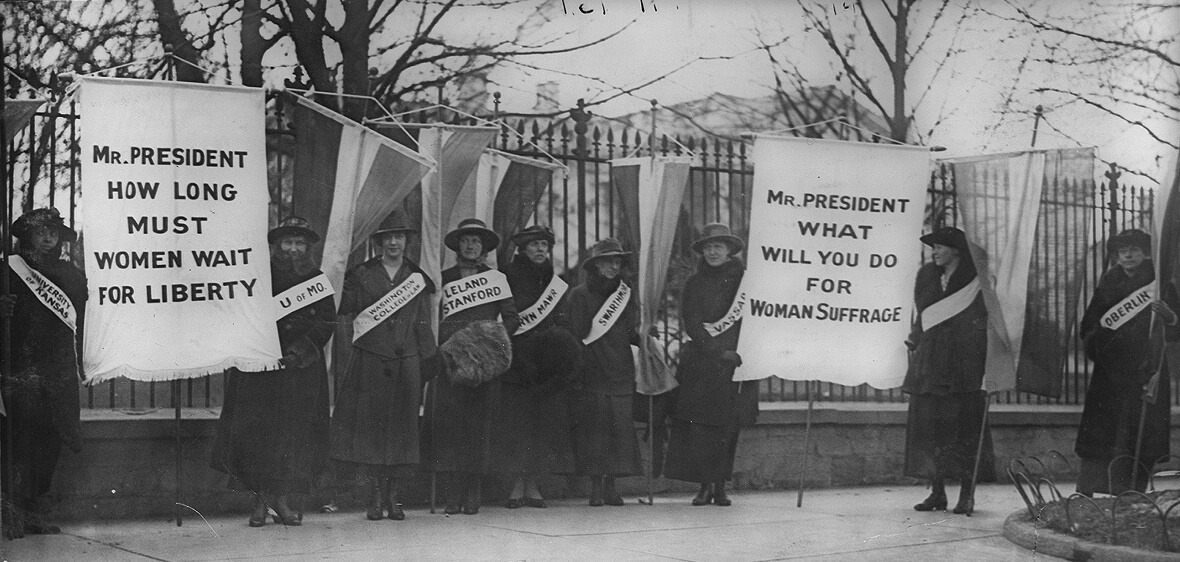
In addition to organizing hundreds of other volunteers to help, Lucy Burns led the group in peaceful protest by picketing in front of the White House occupied by President Woodrow Wilson. They knew the fastest path to suffrage would be support by the executive office. But President Wilson didn’t believe that women should have the right to vote. Over two and a half years, nearly 2,000 suffragists from all over the country showed up each day holding creative and sometimes insulting (to the president) signs demanding the right to vote. Harassed by the mostly male crowds and the police, they became known as the “Silent Sentinels.”
Why was Lucy Burns famous?
Lucy and the suffragists kept up a constant presence outside the White House, which irritated President Wilson. Angry that they were given so much attention by the media, he had the police arrest them. Lucy and other women were repeatedly jailed for “unlawful assembly” and they resorted to hunger strikes to keep the issue in the news. Lucy’s powerful leadership by example and dedication to the cause despite the harsh punishment earned her the title of the “most jailed suffragist.”
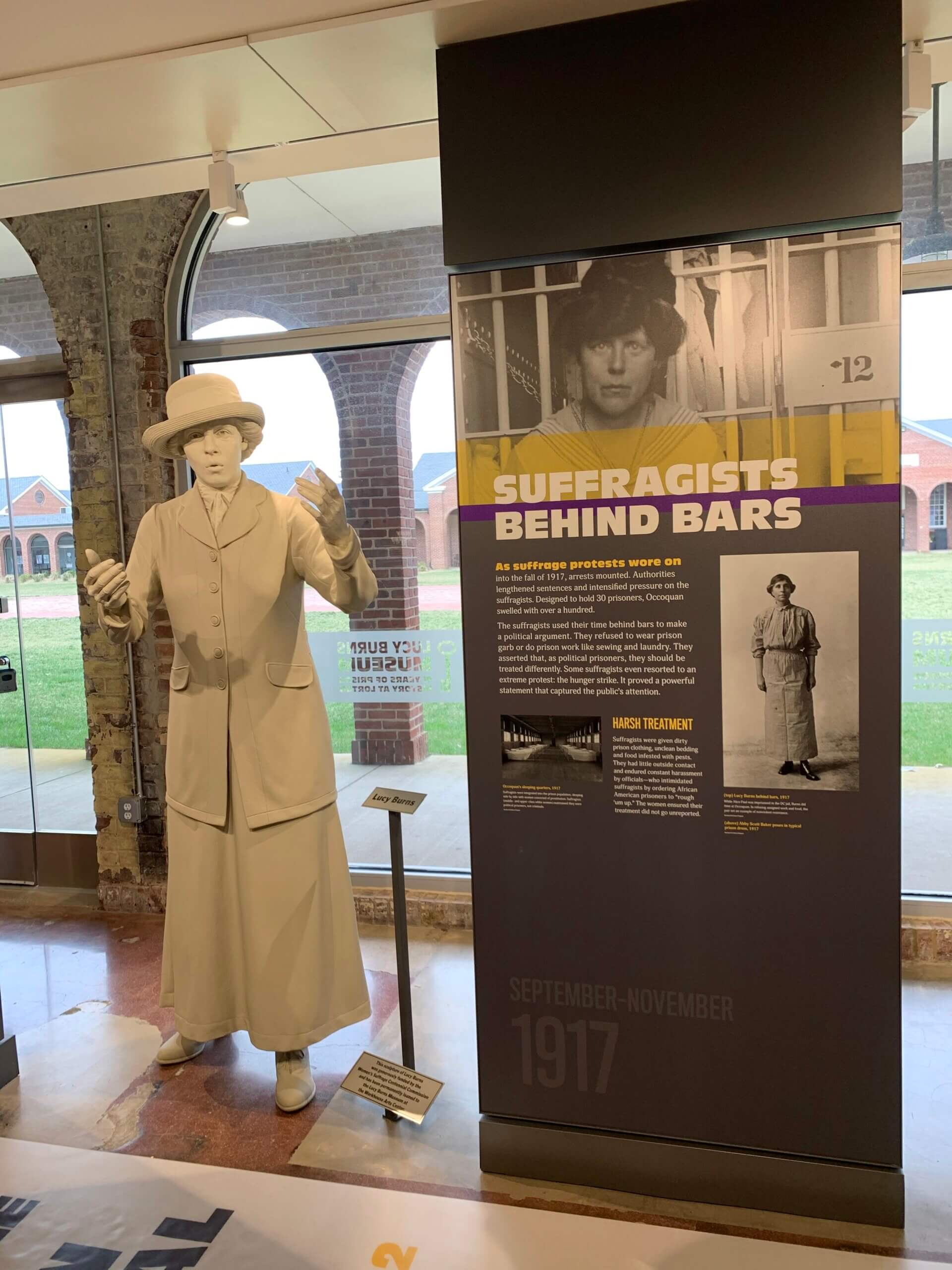
Although originally jailed in DC, President Wilson wanted Lucy and the other protesters moved out of town hoping that would keep them out of the media spotlight. The decision was made to move them over 20 miles away. The Occoquan Workhouse was part of both the DC and the federal prison system. Due to overcrowding in the DC jails, it’s construction and vision as a “prison without walls” was novel for its time. This 500-acre farm out in rural Virginia was designed to help short-term, low risk prisoners.
What’s inside the Lucy Burns Museum?
This cozy museum has been well-designed to tell the story of the multi-year journey to achieving the women’s right to vote. When you enter the museum, your eyes will quickly notice a timeline and important milestones marked on the floor. Tall panels with photos from the Library of Congress, protest handbills and detailed text tell the story as you wander around the room. In the window, three life-sized figurines in period dress represent Lucy Burns, Alice Paul and Dora Lewis.

What was the Night of Terror?
In 2017, 30 suffragists including Lucy were subjected to pure torture (known as the Night of Terror) which occurred at the Women’s Workhouse (part of a DC correctional facility) 21 miles away from the White House in Northern Virginia. The women were subjected to horrible conditions including beatings, worm-filled food, dirty blankets, and rat infested cells. Lucy was singled out as the leader and had her hands chained over her head for hours as part of her punishment.

Lucy and others resorted to hunger strikes in protest. Refusing to eat once again, the notoriously cruel Workhouse Warden, ordered the guards to strap Lucy down and painfully force feed her liquid food through her nostrils. Dora Lewis also endured this horrific treatment. When word of this torture got out, this incident became a tipping point in the passage of the 19thAmendment.
What happened after the Night of Terror?
Lucy and the others were able to scribble what was really going on in the prison onto slips of paper that were smuggled to their supporters outside. President Wilson’s people repeatedly denied any mistreatment. Two lawyers, who were working on behalf of the suffragists, were able to successfully make the case that Lucy and the others should not have been jailed in Virginia because their offense had been committed in DC.
The lawyers were also able to get a hearing with a judge in Alexandria who agreed. Shortly after Lucy and the 29 other dramatically weakened women were moved to the District Jail. With eight of them near total collapse, President Wilson knew the political fallout would be too great and gave up at last. The imprisoned women were ordered released.
The Final Journey to the 19th Amendment
Less than two months later in January of 1918, Lucy Burns and Alice Paul watched as the US House of Representatives passed the Anthony Amendment. Although they knew the Senate would be a harder battle, the vote was postponed for nine months and did not end in victory. Lucy and many of the other women who were jailed chartered a train and went on a nationwide tour to tell their side of the story in February of 1919. This 16-city tour helped persuade the public but one more battle on Capitol Hill would be required. The tide turned at last on June 4, 1920 when both the House and Senate agreed to passage of the Anthony Amendment. Only one more hurdle remained – 36 states would need to ratify the Amendment to become law.
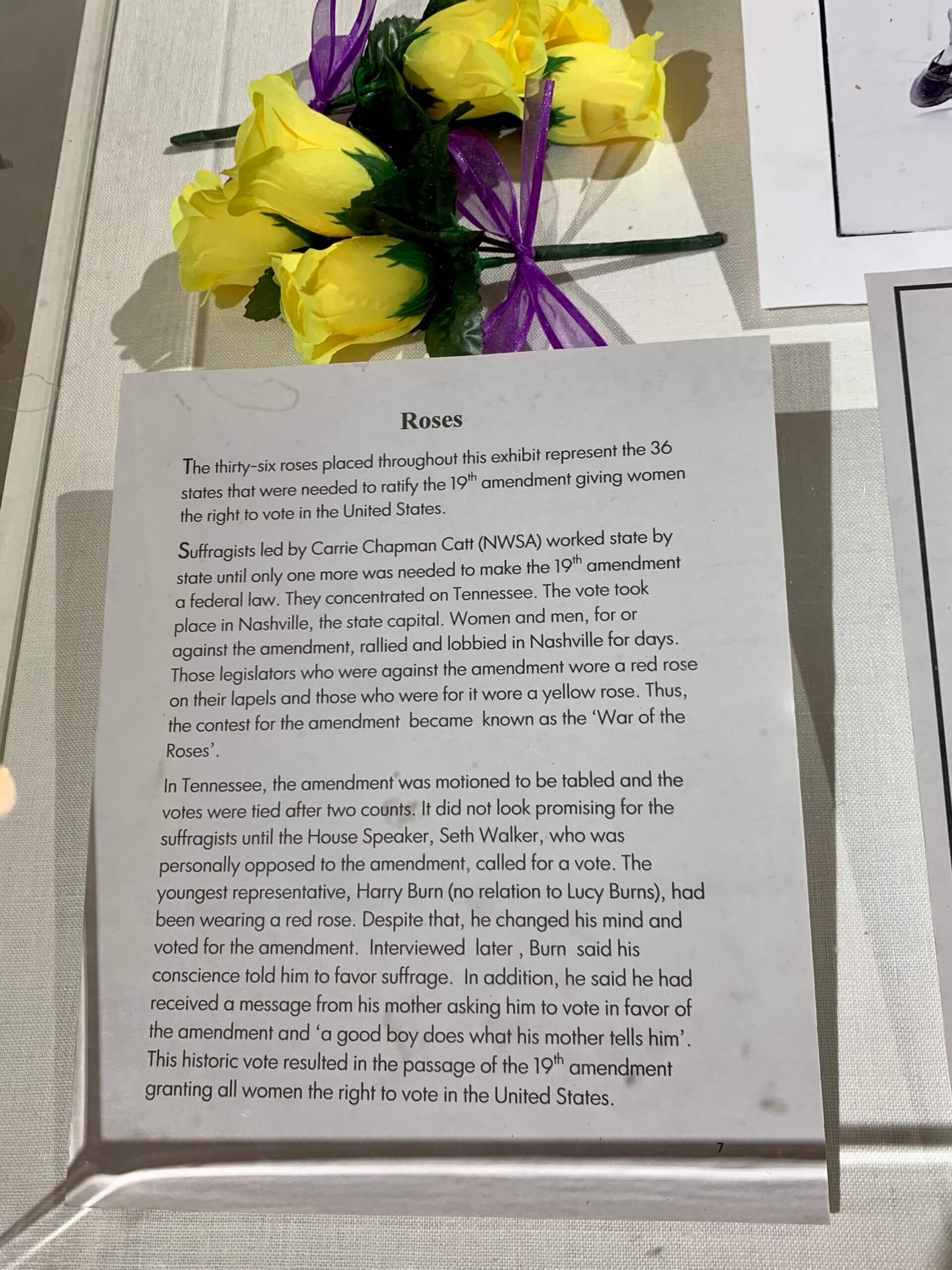
The final state to ratify the Amendment was Tennessee. The youngest representative who had intended to vote against ratification, switched his vote at the last minute. He had received a note from his mother on the way to the vote and she influenced his decision. She asked him to vote for the amendment and his conscience told him it was the right thing to do. And with that, the 19th Amendment became law!
Can you visit the jail cells where Lucy and the others were held?
Yes, part of the museum experience includes a hallway of one of the prison dormitories known as the Black Hole. Thirty-eight “adjustment cells” in this punishment section were installed; two for serious offenders. A recreation of the “Night of Terror” in one of the cells near the middle of the long hallway showcases mannequins representing the prison warden and a staffer force feeding Lucy. Small photos of Lucy, Dora and Alice are on a little shelf just behind the cell bars. You can touch the buttons on the shelf to activate audio recordings of conversations that supposedly took place there.
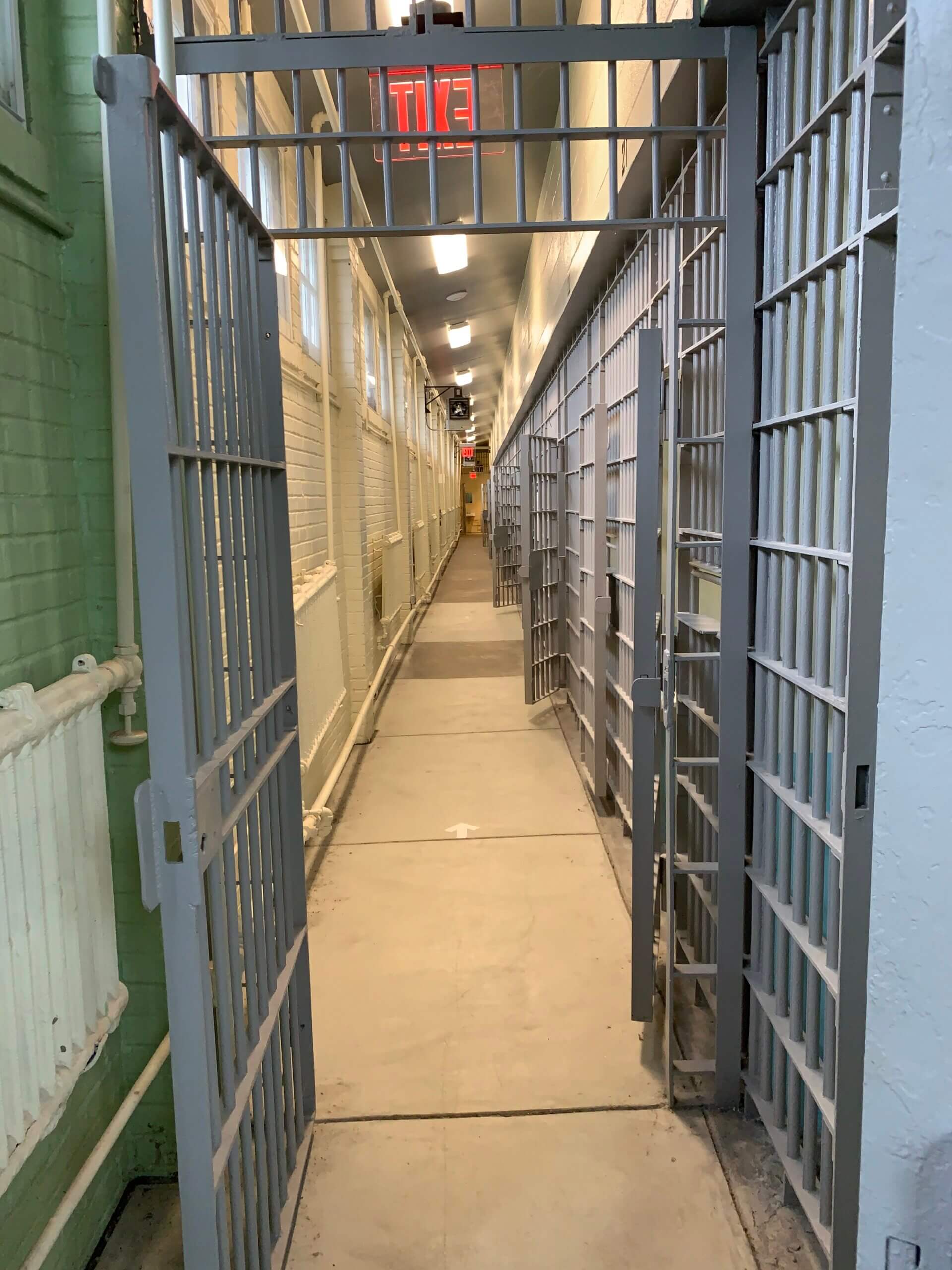
Is the Lucy Burns Museum housed by itself?
No, the Lucy Burns Museum is part of a renovated complex which houses a public arts community.
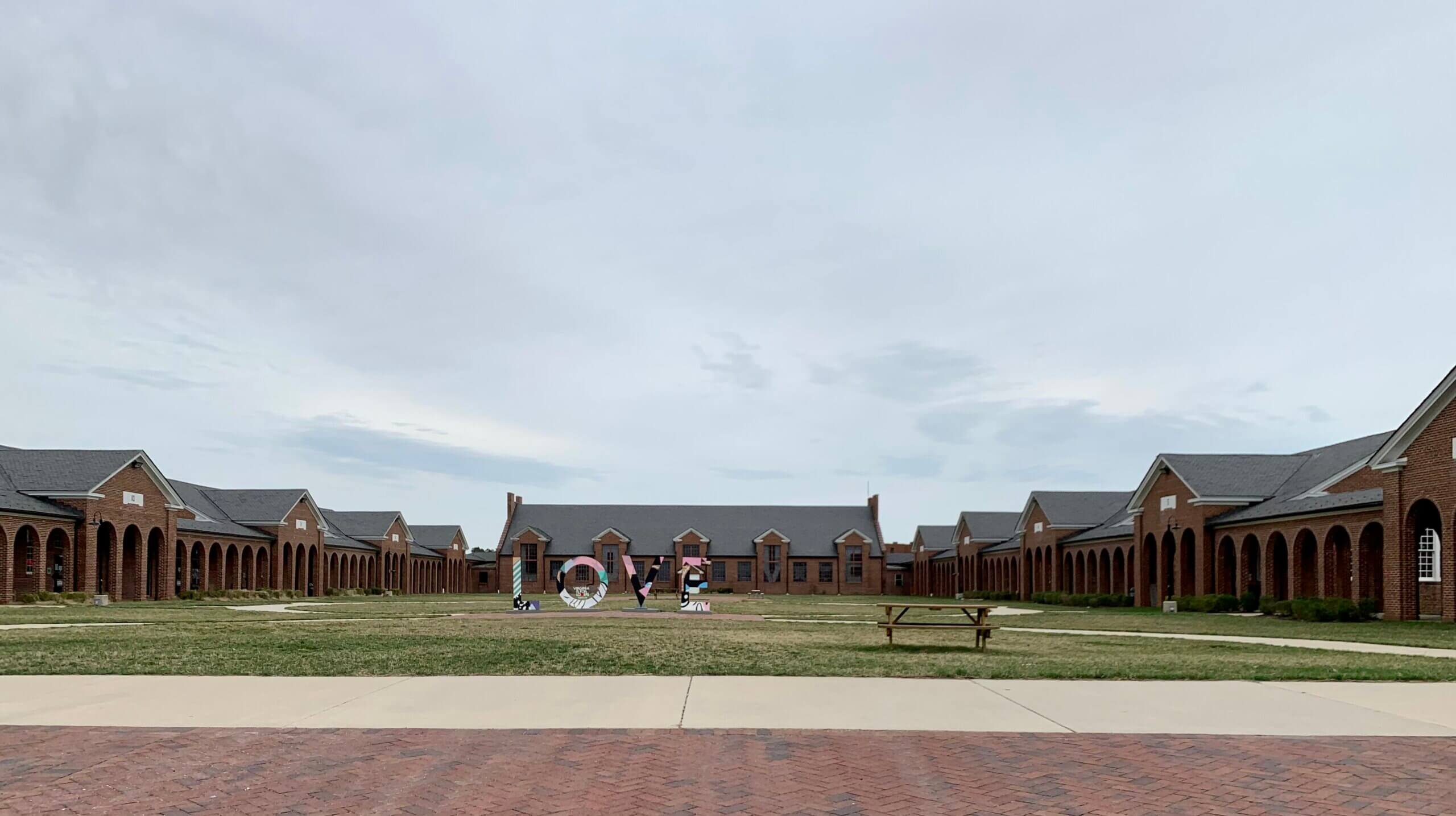
After you leave the parking lot, you’ll see a large grassy square. Along the sides are individual artists’ studios that are part of the Workhouse Arts Center. If you enter on the right hand side of the complex, the covered walkway ends next to the Lucy Burns Museum in the sixth building.
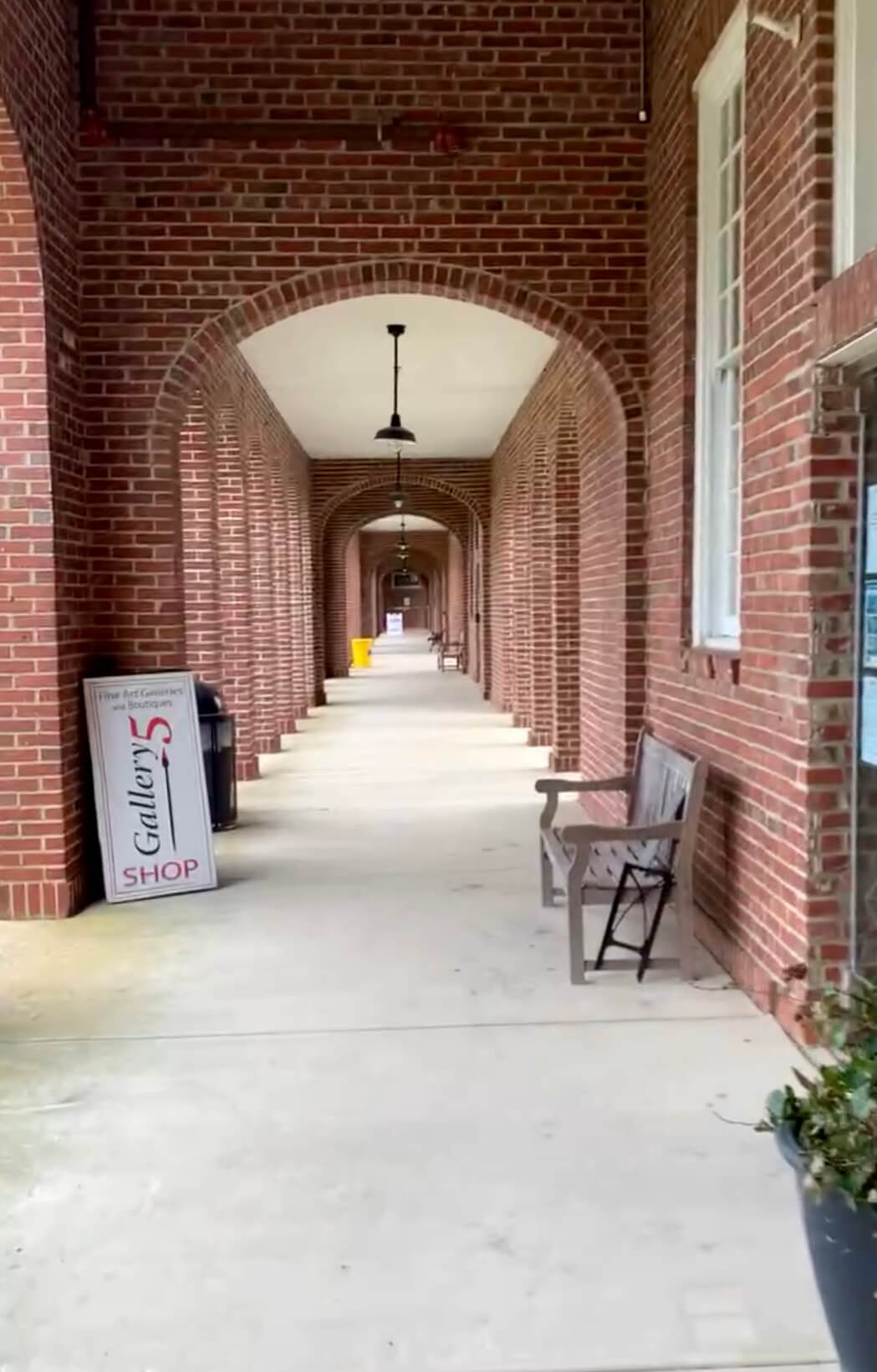
What does it cost to visit the Lucy Burns Museum?
Both the Lucy Burns Museum and the Workhouse Arts Center are free. Don’t leave your wallet behind because the museum and gallery gift shops are full of unique items. Visit the Workhouse Arts Center website to see the current hours of operation and special events open to the public.
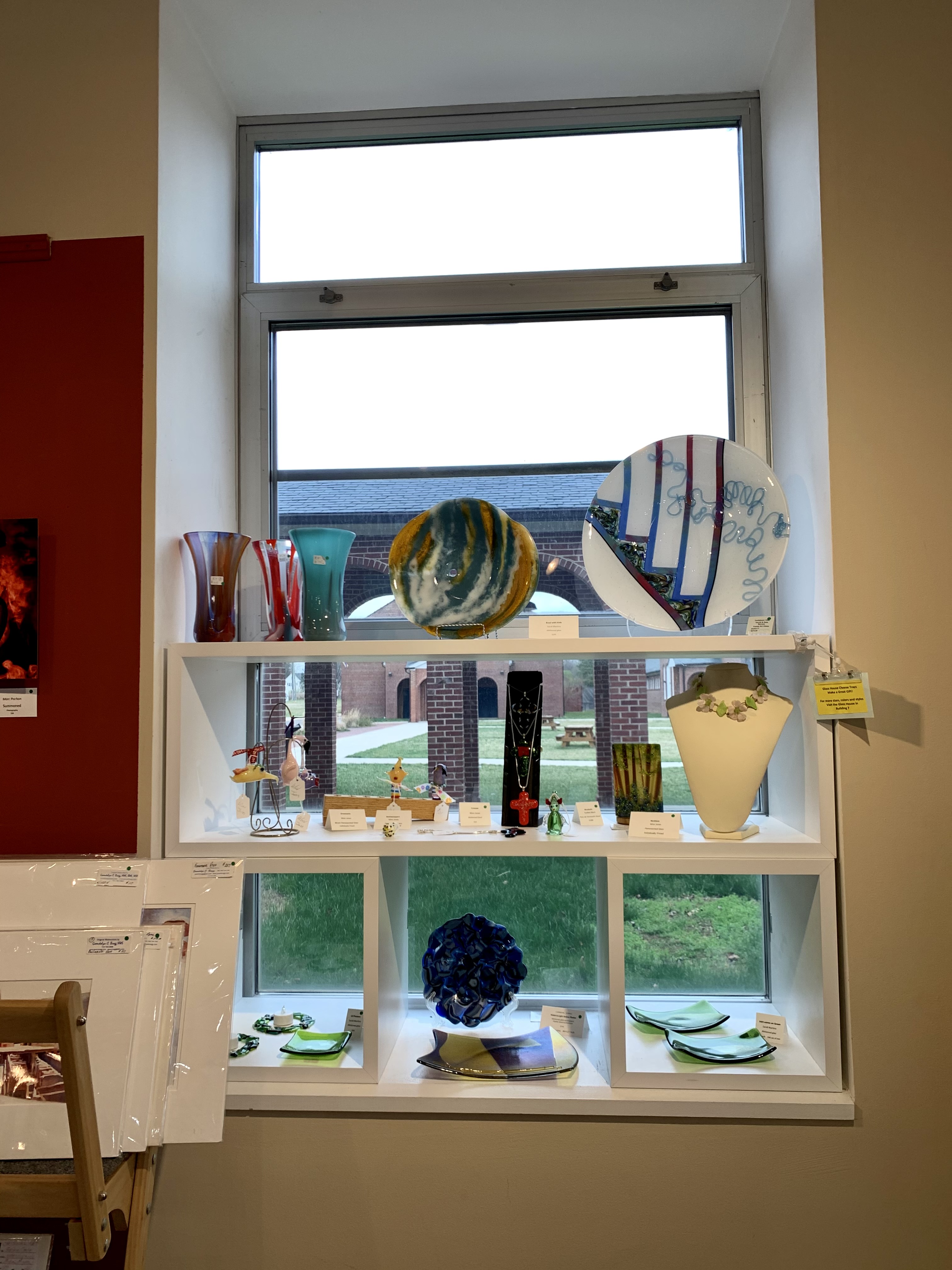
How do you get to the Lucy Burns Museum?
Just 21 miles outside of Washington, DC , the Lucy Burns Museum and Workhouse Arts Center (located in Fairfax County) are located at 9518 Workhouse Way, Lorton, Virginia. A link to Google directions on the museum website can be customized to give you specific travel instructions based on your current location. This is truly a fascinating place to visit for a few hours to learn more about Lucy Burns and other key figures of the Women’s Suffrage Movement, and enjoy amazing art.
What part of the journey to the 19th Amendment surprised you the most? Have you been active in voter rights in your state? Please share your thoughts in the comments below.


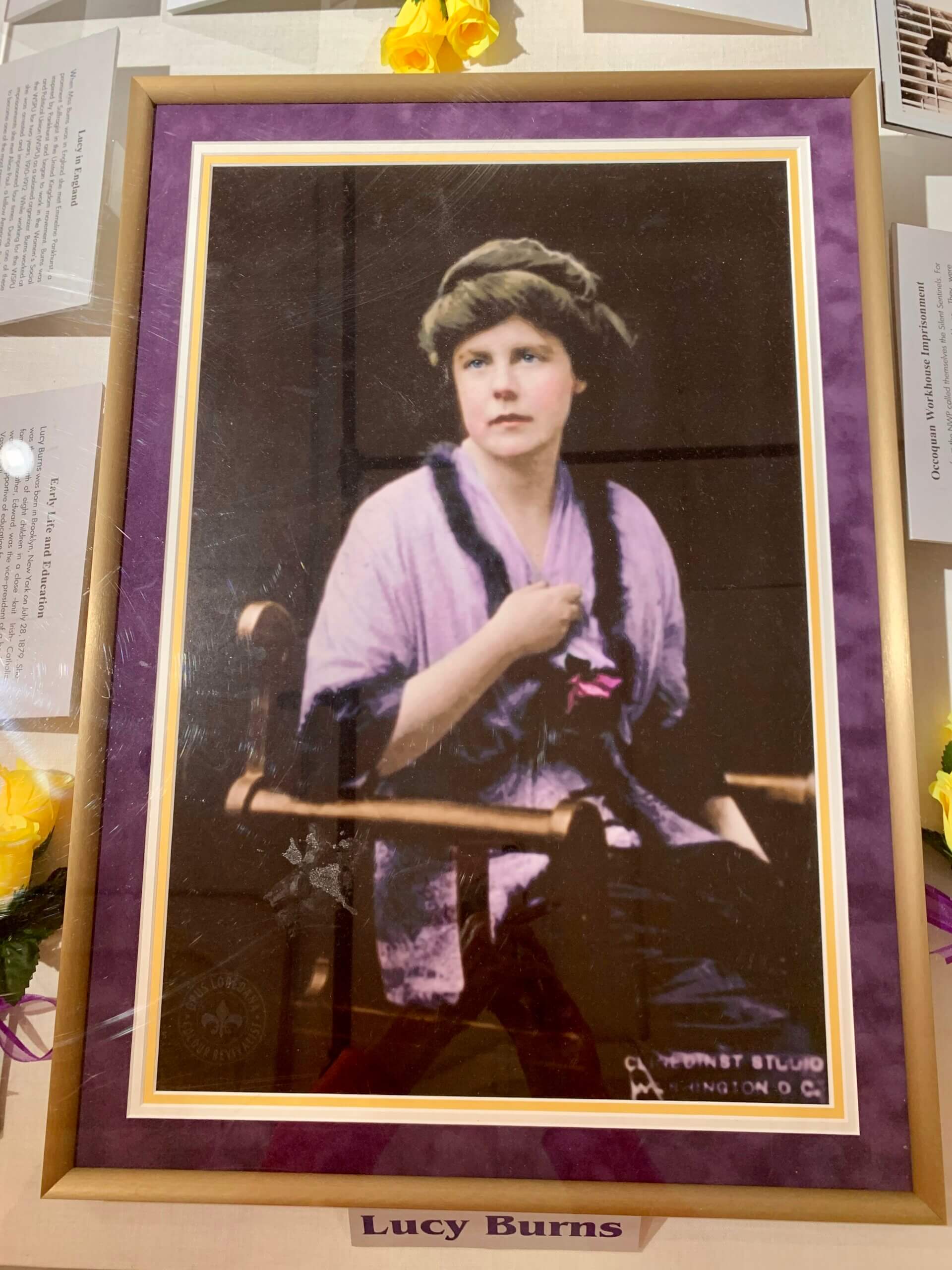
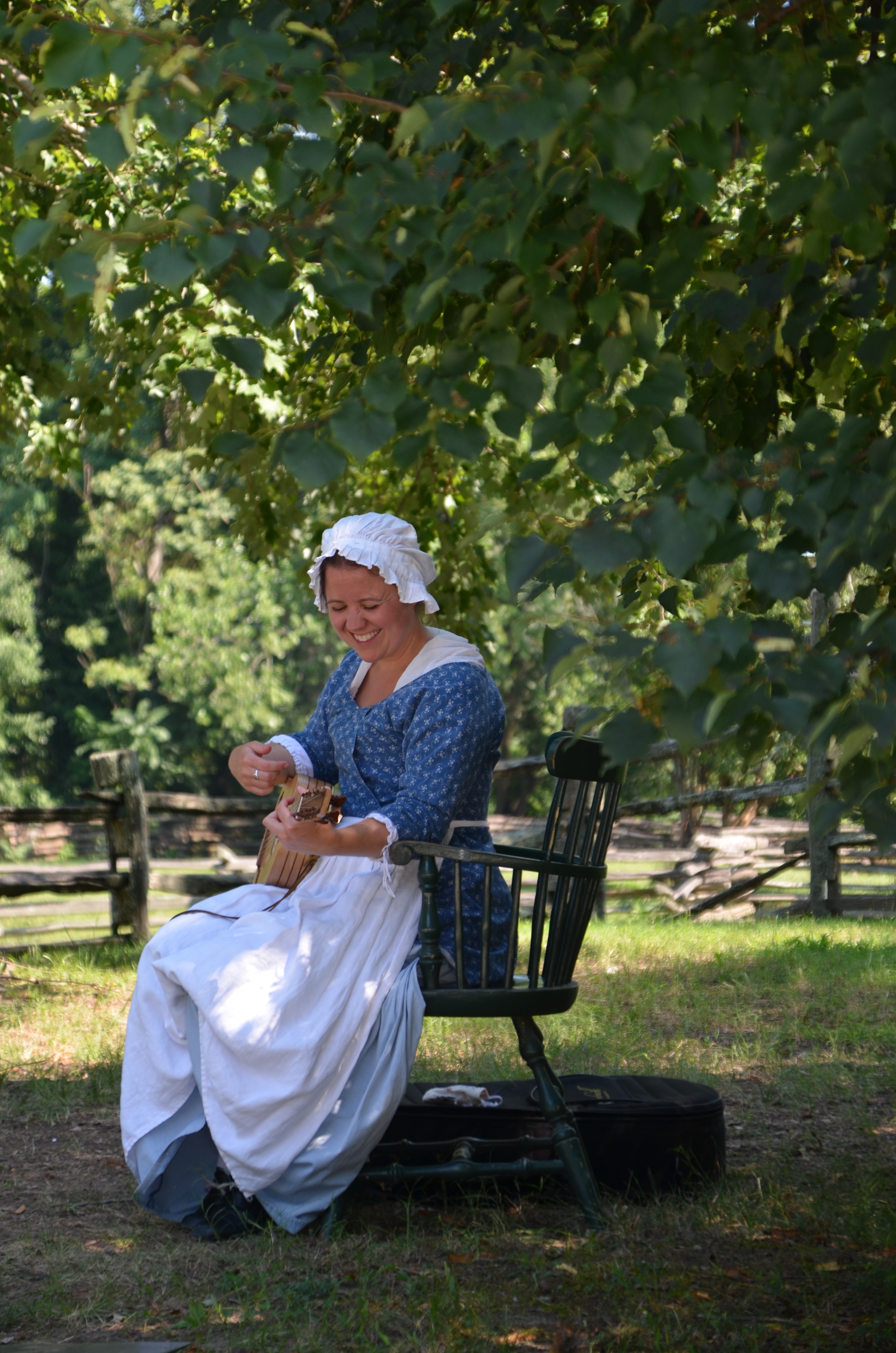
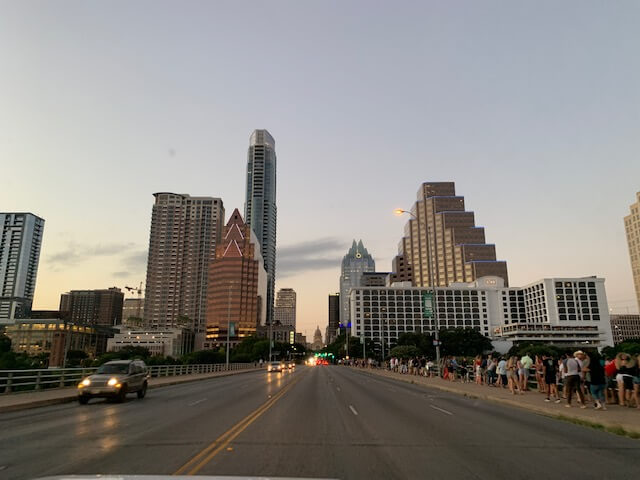
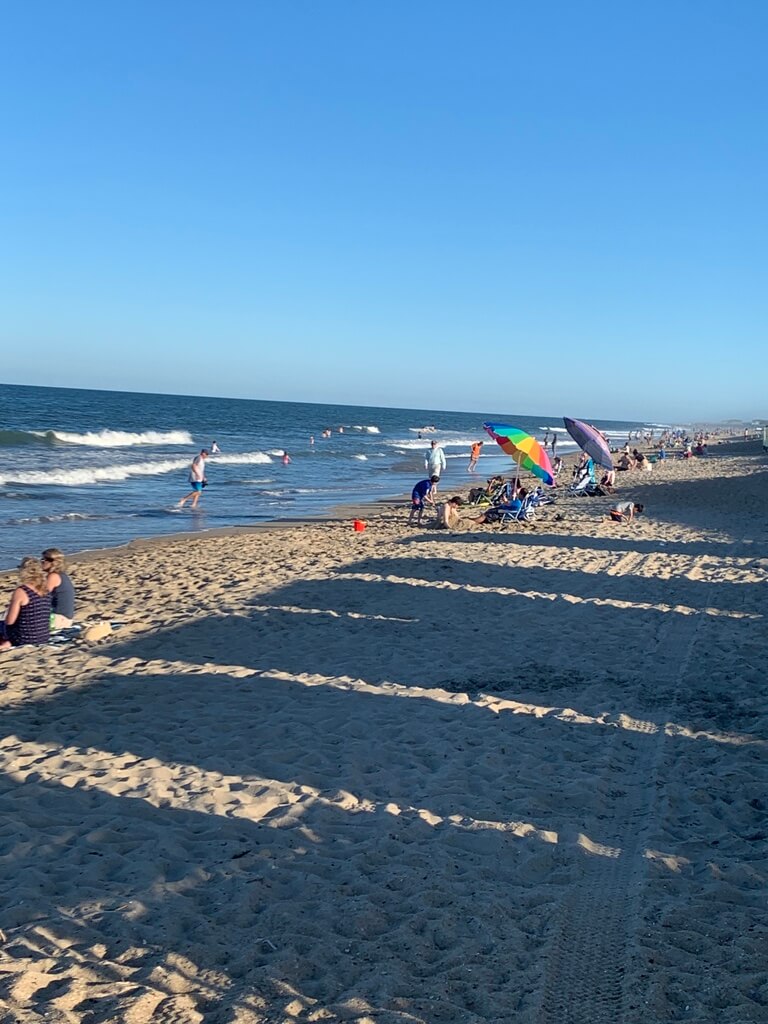



What an interesting story and museum! I had not heard of this museum but will plan to visit. I hope you are doing well!